Stop Letting Your Blueberries Go Bad: A Pro’s Guide to Keeping Them Fresh
I’ve spent years growing blueberries, and I’ve seen it all. The pure joy on a kid’s face at a U-pick farm, the satisfied nod from a chef who’s found the perfect flat of berries… and the heartbreaking sting of loss. Early on in my farming journey, I lost nearly a third of a huge harvest to one simple mistake: moisture. I thought I was protecting the berries, but I trapped condensation in the containers. Within days, I had a fuzzy, moldy mess. That was an expensive lesson, but it taught me that keeping blueberries fresh isn’t about luck. It’s about knowing what you’re doing.
In this article
And this is about more than just dodging mold. It’s about preserving that satisfying pop, the deep flavor, and all the good stuff you paid for (or worked so hard to grow!). What I’m sharing here are the same methods we use on the farm, just scaled down for your kitchen. We’re going to get into the nitty-gritty—the stuff that turns a sad pint of mushy berries into a fresh, delicious snack that lasts.
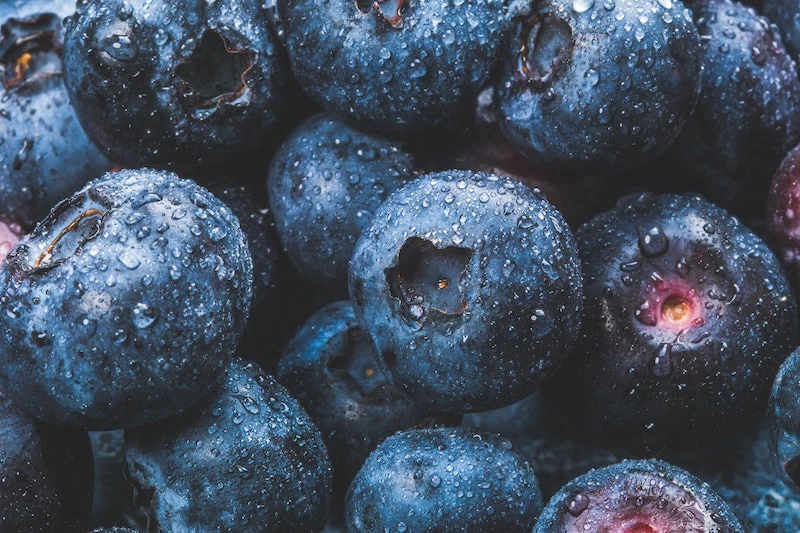
What Makes a Blueberry Tick?
To keep a blueberry happy, you have to understand it first. It’s not just a little ball of sugar water; it’s a living thing with its own clever defense system, and our job is to work with it.
The most important part is something most people wash off immediately: the bloom. You know that silvery-white, waxy coating on perfectly fresh blueberries? That’s not dirt. It’s the berry’s natural raincoat and sunscreen, and it’s a good thing! This wax does two critical jobs: it seals moisture in to keep the berry plump, and it repels water on the outside to stop mold and bacteria from taking hold. When you wash that bloom away too early, you’re essentially stripping the berry of its armor.
Oh yeah, good to know: blueberries are what they call “non-climacteric” fruits. Fancy term, simple meaning. Fruits like bananas or avocados keep ripening after you pick them. Blueberries don’t. The second a berry leaves the bush, it’s done ripening. It won’t get any sweeter or more flavorful on your counter. It will only get softer. This is exactly why picking the right berries from the start is non-negotiable. A reddish, underripe berry will never magically turn sweet and blue in your fridge.
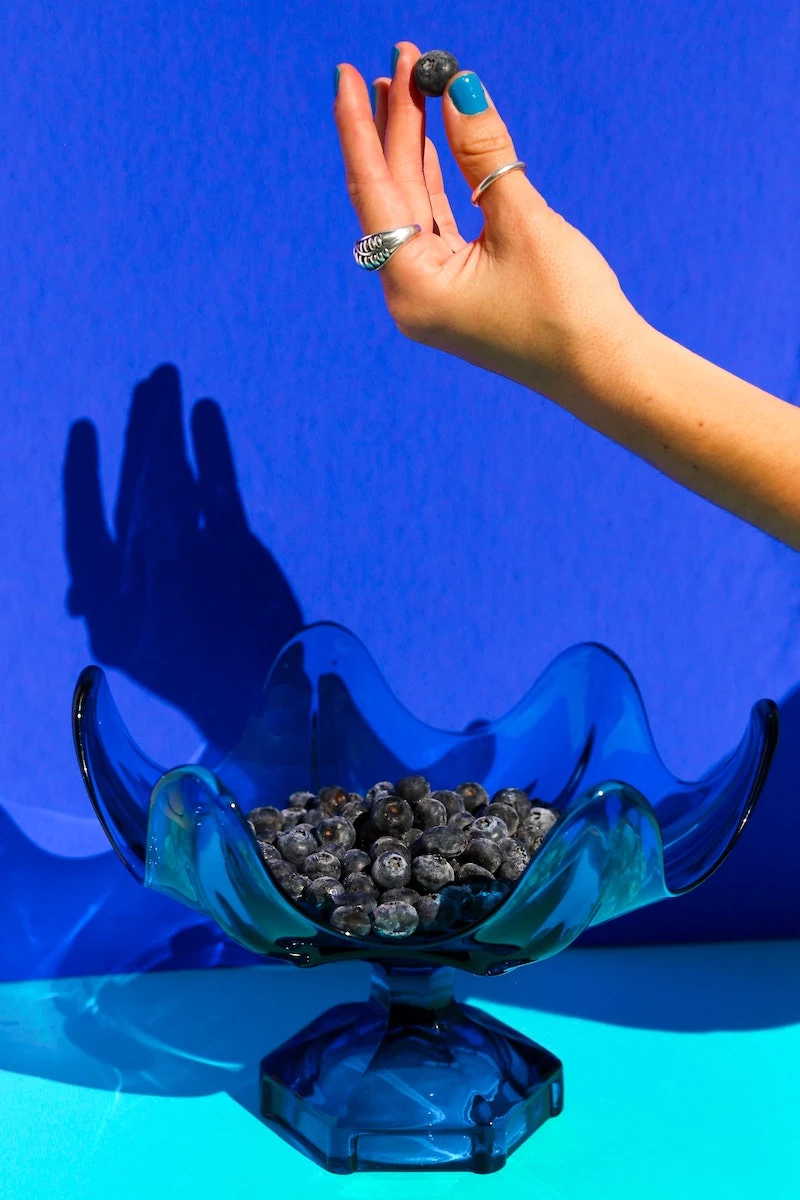
How to Pick Berries Like a Pro
Your journey to long-lasting blueberries starts the moment you choose them. No storage trick can save a bad berry. Here’s what to look for, whether you’re at the store or in the field.
At the Grocery Store or Farmers’ Market
Don’t just glance at the top layer in that plastic clamshell. You’ve gotta be a better inspector than that. Pick up the container and gently turn it over. Look at the bottom. Do you see any dark, wet spots on that little absorbent pad? Any crushed berries leaking juice? We call those “weepers” on the farm, and even one can start a mold party that ruins the whole container. If you see any signs of juice or squished fruit, put it back and grab another. A dry container is a happy container.
Next, look for berries that are all a deep, rich blue-black color, hopefully with that silvery bloom still visible. If you see a mix of blue, purple, and reddish berries, it means they were picked too early. You want plump, smooth, firm-looking fruit. Any wrinkles are a sign of dehydration and age.
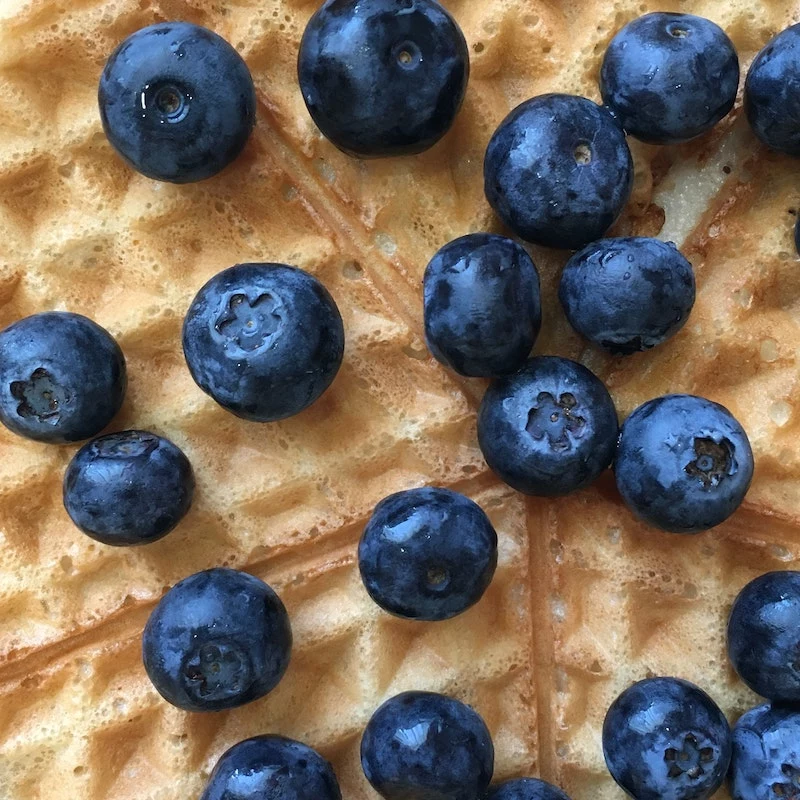
For the U-Pickers and Gardeners
Picking your own is the absolute best way to get top-tier quality. A truly ripe blueberry practically begs to be picked. Cup a cluster in your hand and gently roll your thumb over them. The ripe ones will fall right off into your palm. If you have to tug, it’s not ready. Leave it for another day or two.
Pro tip: The best time to pick is in the morning, after the dew has dried but before the sun gets hot. Berries picked in the midday heat carry “field heat,” which speeds up their decline. Bringing them in cool gives you a huge head start on keeping them fresh. And as you pick, use a wide, shallow container instead of a deep bucket. The weight of berries piled on top of each other is a classic rookie mistake that leads to crushed fruit at the bottom.
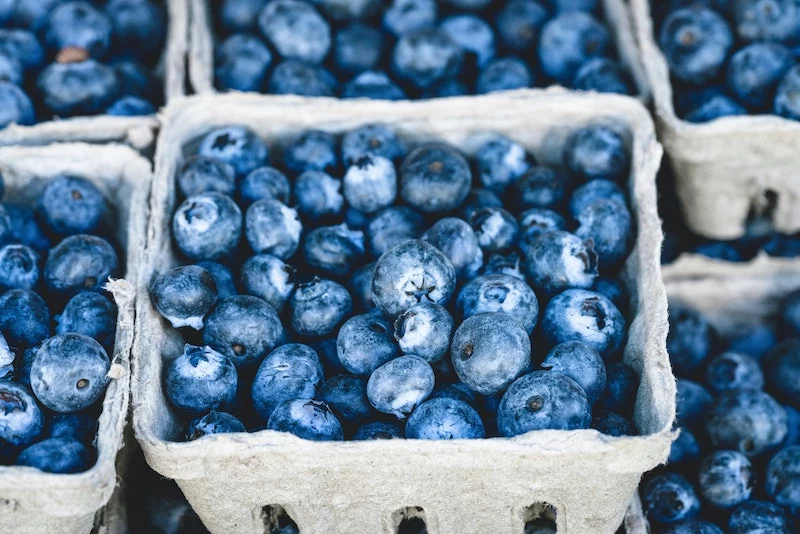
The Great Debate: To Wash or Not to Wash?
The standard advice is simple: don’t wash your blueberries until you’re ready to eat them. And honestly, for most people, that’s solid advice. Washing removes that protective bloom we talked about.
But what if you want to prep a big batch for easy snacking? In that case, pre-washing can actually extend their life, but only if you do it right. A quick, sloppy rinse is a one-way ticket to mold city. Here’s the professional method.
Inspirational Gallery
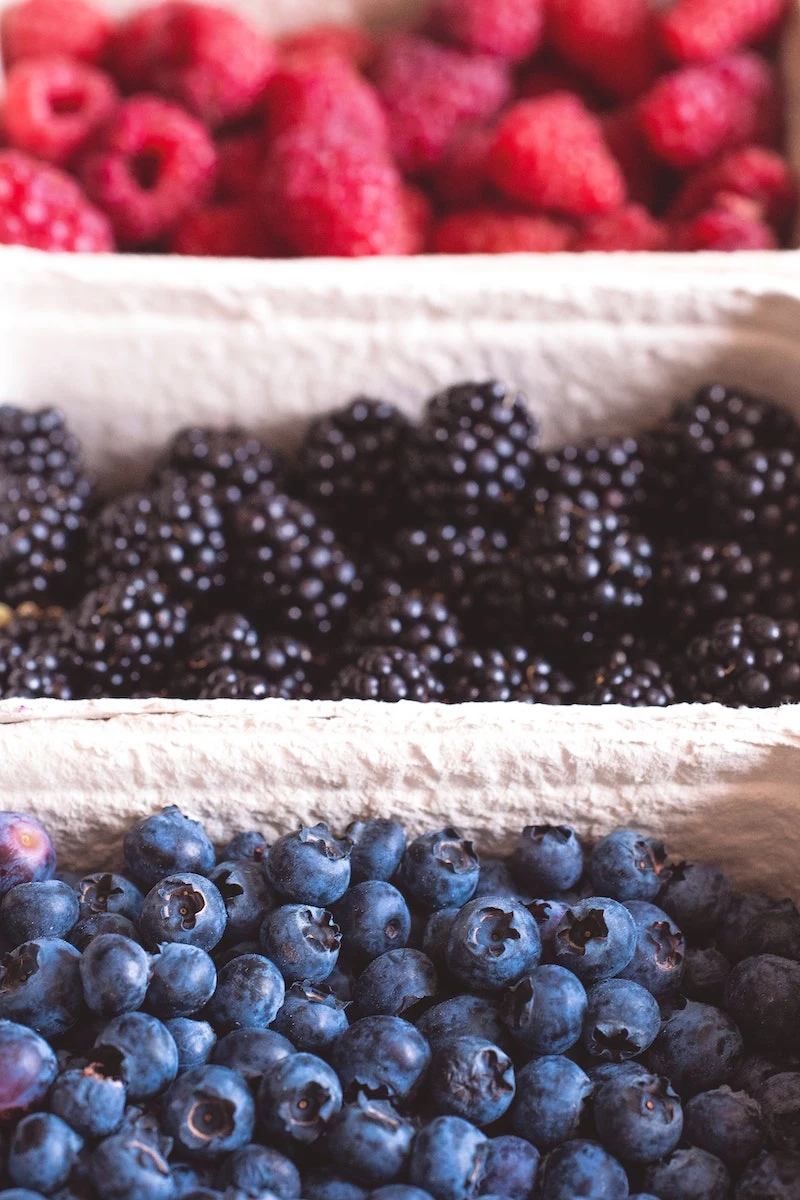
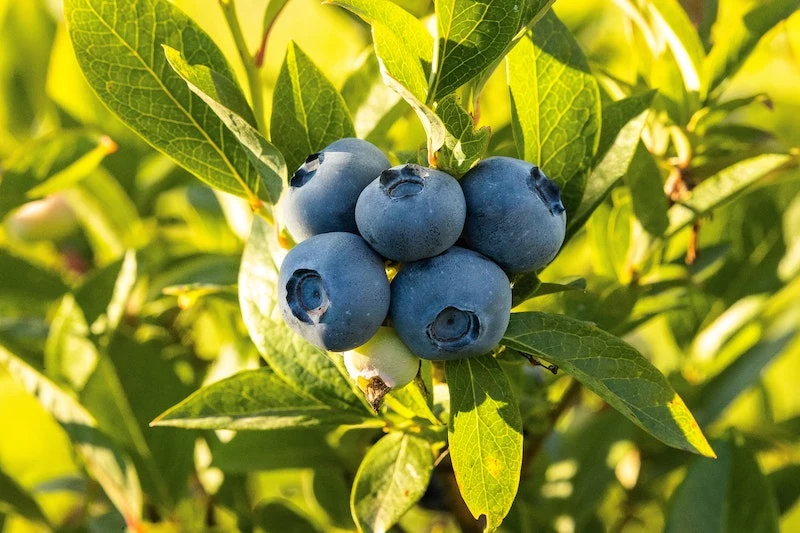
- Reduced moisture build-up for less mold.
- Enhanced firmness that lasts days longer.
- Better flavor preservation without sogginess.
The secret? It’s all about airflow. Before storing your blueberries, line your container with a high-quality paper towel, like a sheet of Bounty. It wicks away excess condensation, the number one enemy of fresh berries, creating the perfect dry environment for them to thrive in.
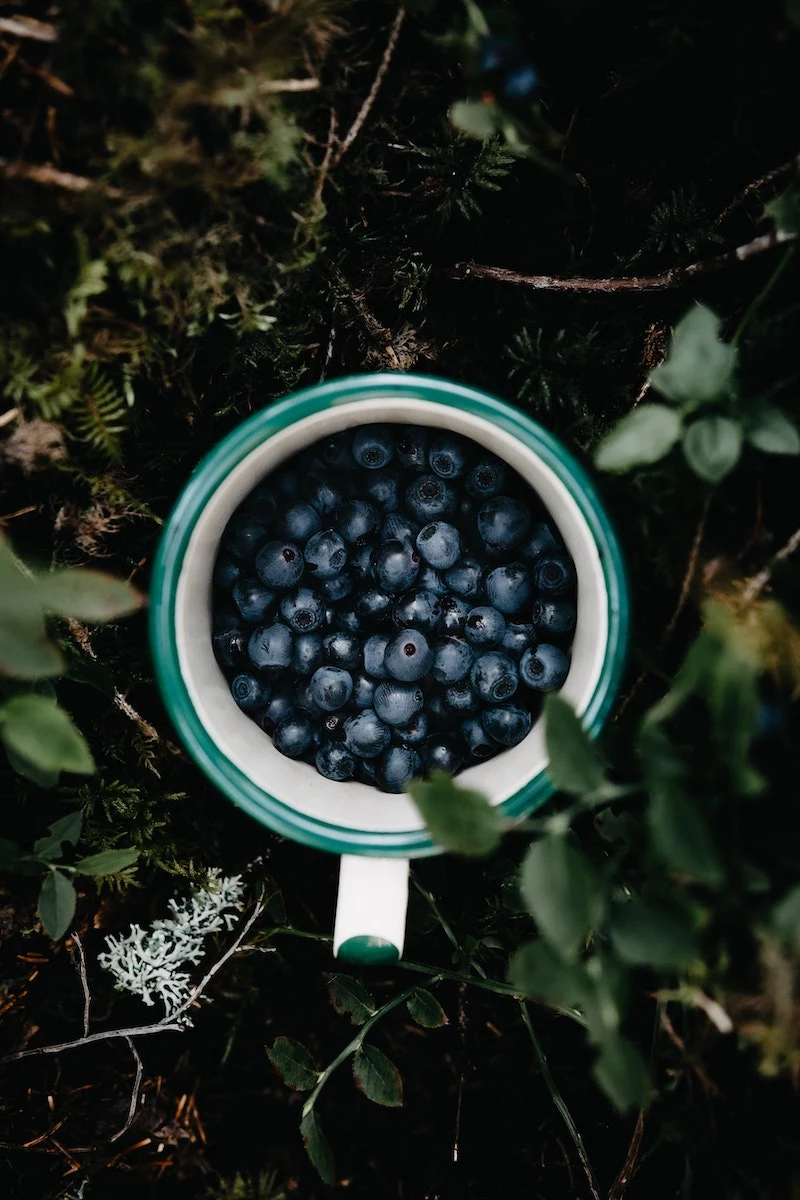
The one-minute inspection: Before you even think about the fridge, give your berries a quick sort. Gently spread them on a clean kitchen towel and immediately pick out any soft, crushed, or moldy individuals. One bad berry can quickly spoil the whole bunch.
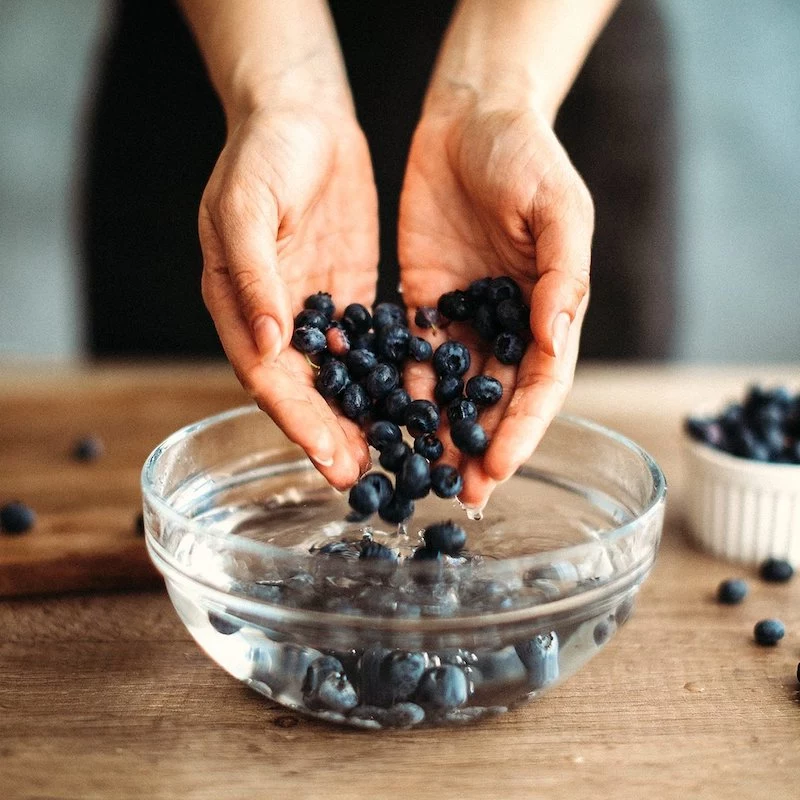
According to the Food and Agriculture Organization (FAO), fruits have the highest wastage rates of any food products, with roughly 45% being lost or wasted.
Properly storing your blueberries is more than just a kitchen hack; it’s a direct action against food waste. Every berry you save is a small win for your wallet and the environment.
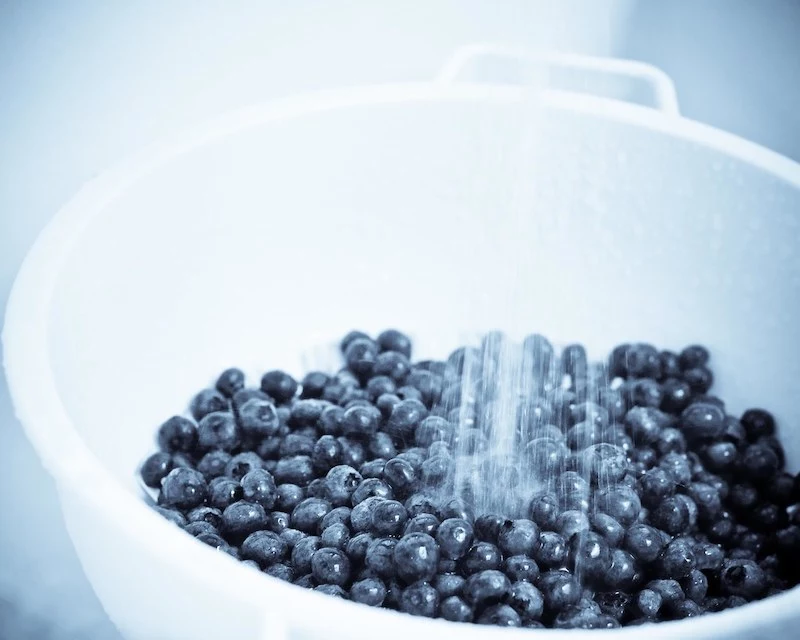
Can you really freeze blueberries without them turning into a solid, icy clump?
Absolutely, and it’s simple. After washing and thoroughly drying your berries, spread them in a single layer on a baking sheet lined with parchment paper. Freeze for 2-3 hours until solid, then transfer them to a zip-top freezer bag or a vacuum-sealed bag. This flash-freezing technique keeps them separate, so you can grab a handful whenever you need one for smoothies or baking.
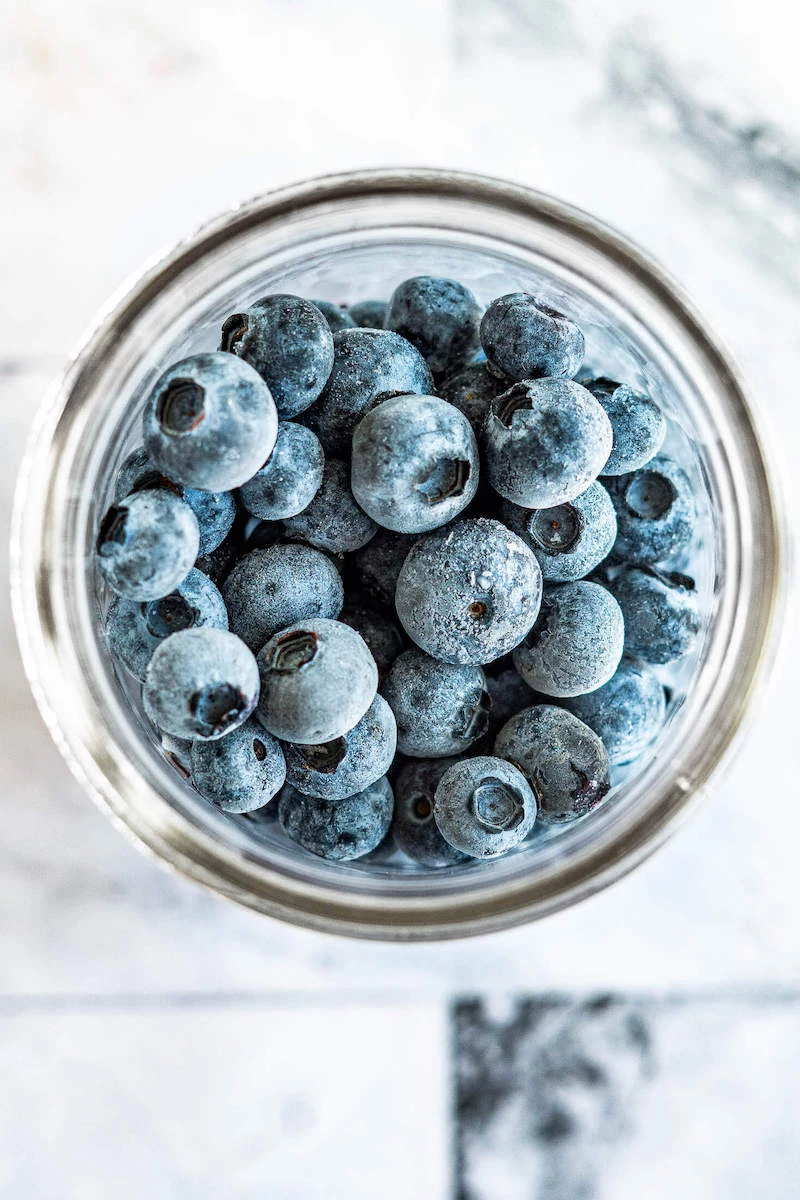
Glass Mason Jars: They look beautiful and provide an airtight seal, which is great for preventing odors but can trap moisture if berries aren’t perfectly dry. Best for short-term storage or for a pretty presentation.
Vented Plastic Containers: Specialized containers like the OXO GreenSaver or Rubbermaid FreshWorks are designed with vents to control humidity and a carbon filter to absorb ethylene gas. They are the clear winner for maximizing freshness over a week or more.
For the longest life, a vented container is superior, but a paper-towel-lined glass jar is a great plastic-free alternative for a few days.
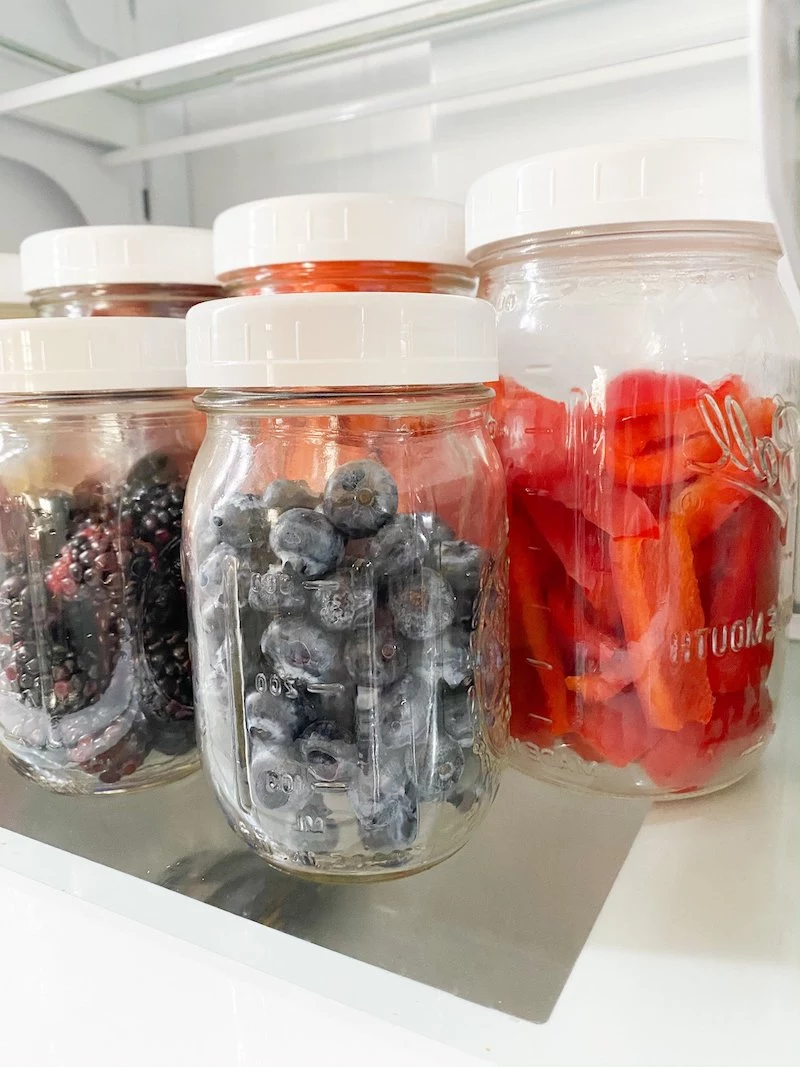
The Ultimate Pre-Storage Rinse: To give your berries an extra line of defense, consider a diluted vinegar bath just before you’re ready to eat them or if you need to store them washed. It’s a natural way to eliminate microscopic mold spores and bacteria.
- Mix one part white vinegar to three parts cool water in a large bowl.
- Gently submerge the blueberries for about 60 seconds.
- Rinse them thoroughly under cool running water to remove any vinegar taste, and then dry them completely on a soft towel.
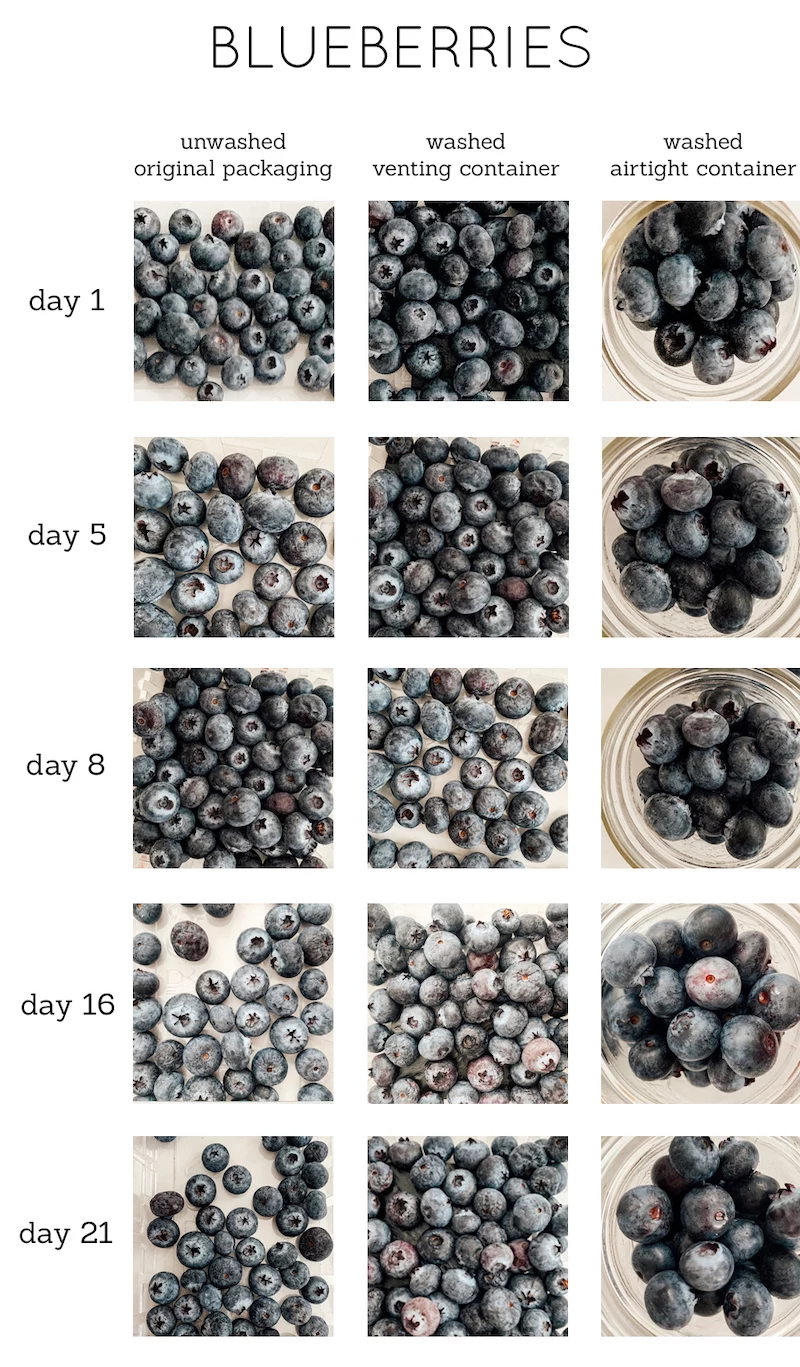
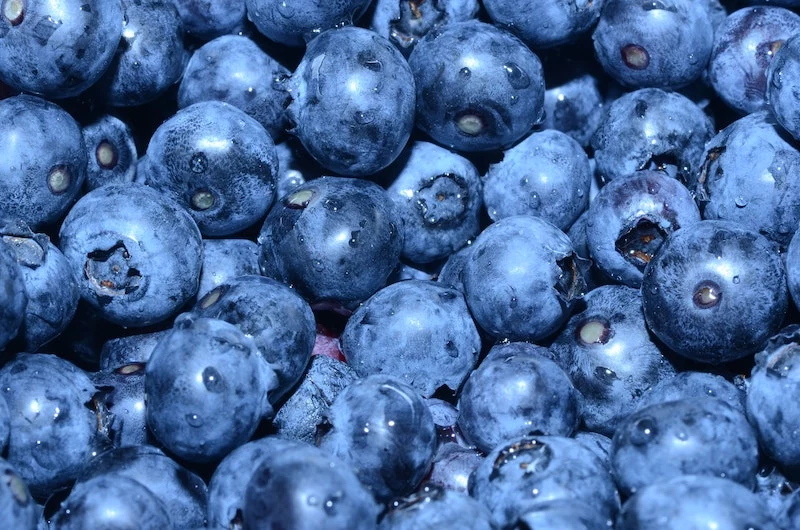
It’s about more than just mushiness. The real magic of a fresh blueberry is the sensory rush: the slight resistance of the skin followed by a clean *pop*, releasing a wave of complex flavor that’s both sweet and tart. This is the experience you’re preserving. A well-stored berry delivers that perfect textural and flavorful moment every time.
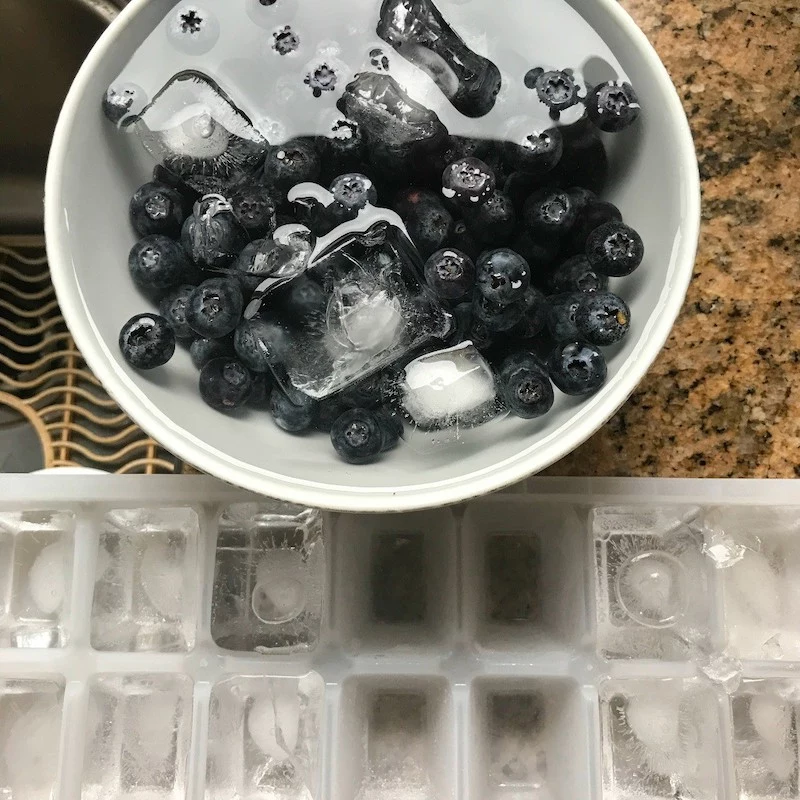
Keep them away from the bananas! A common mistake is storing blueberries near ethylene-producing fruits. Bananas, apples, and peaches release this natural gas, which acts as a ripening hormone. While it won’t ripen the non-climacteric blueberries, it will accelerate the softening process, leading to a shorter shelf life.
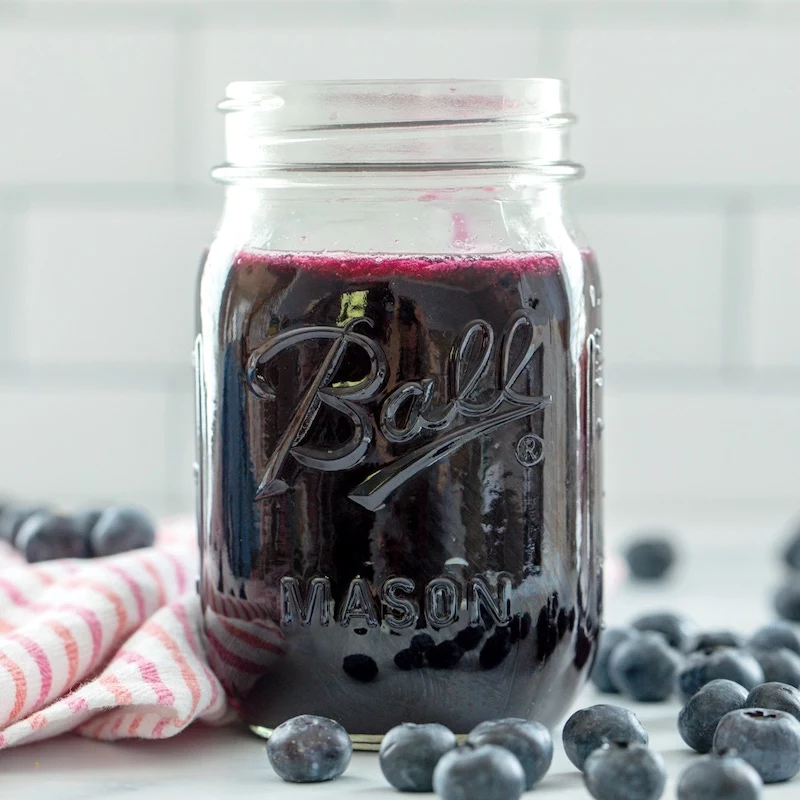
Not all blueberries are created equal. Tiny, intensely flavored wild blueberries from Maine have a more delicate skin and a shorter fresh lifespan than the larger, sturdier Duke or Bluecrop varieties you often find in supermarkets. If you get your hands on wild berries, plan to use or freeze them within a couple of days to enjoy their peak flavor.
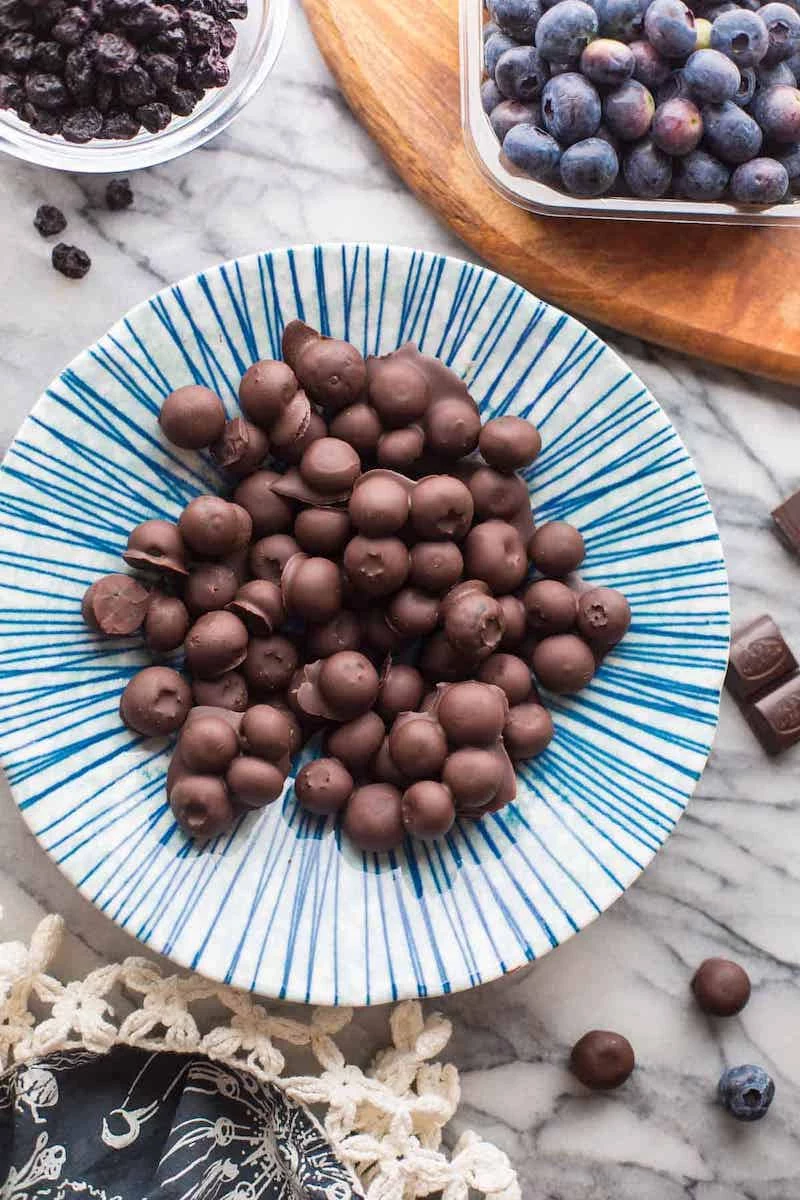
Got a few berries that are starting to look a little wrinkled and soft?
Don’t toss them! You can make a delicious, near-instant compote. Just put them in a small saucepan with a teaspoon of water and a tiny squeeze of lemon juice. Heat on low for 5-7 minutes, stirring occasionally, until they burst and create a rich sauce. It’s perfect over yogurt, ice cream, or pancakes.
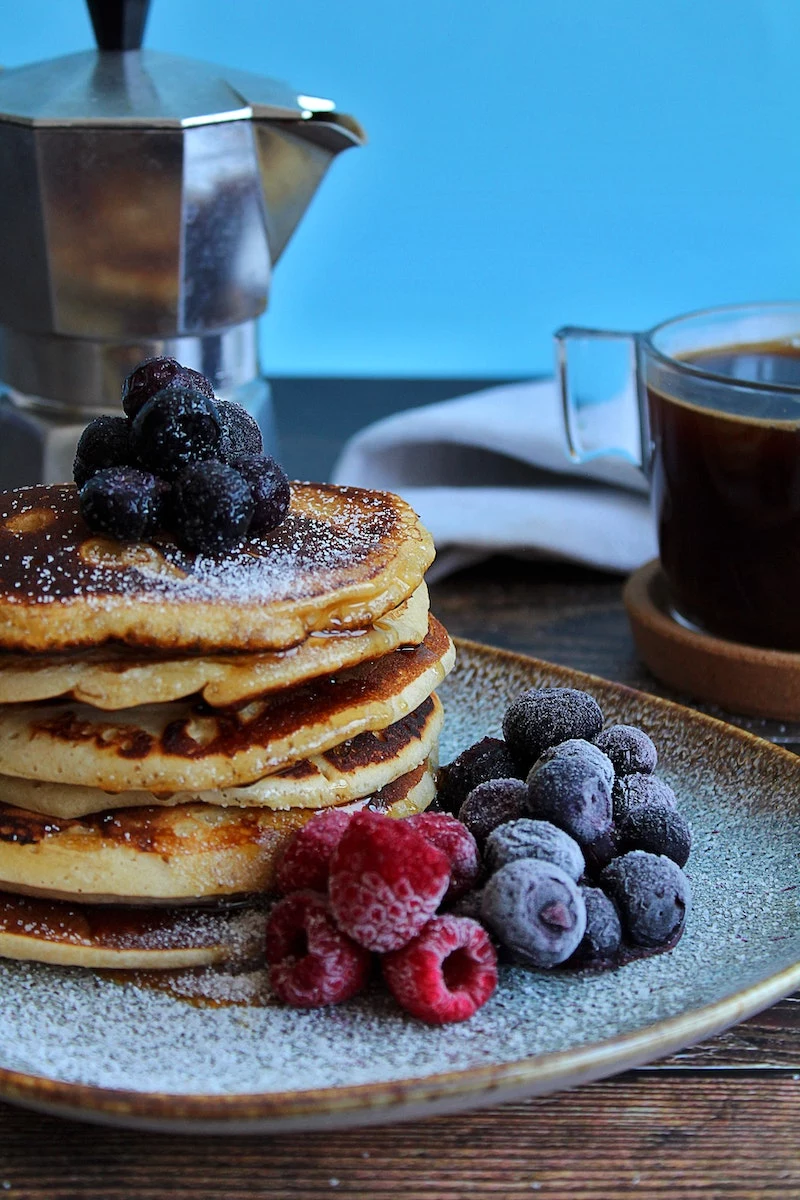
- Check for a deep, uniform blue-black color.
- Avoid any berries with a reddish or greenish tinge, as they won’t sweeten further.
- Gently shake the container; the berries should move freely, not clump together in a sign of moisture or damage.
The best storage starts at the store. Taking 30 seconds to choose the best pint is your first and most important step.
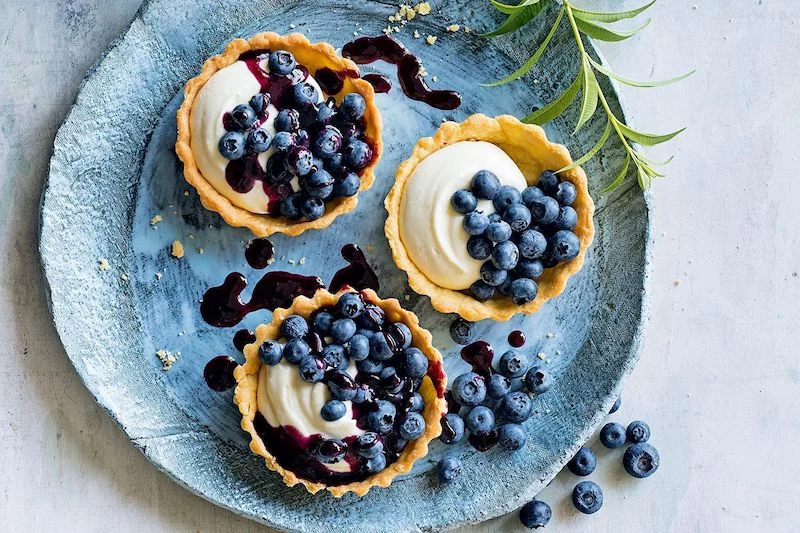
Buying blueberries in bulk during peak season (usually mid-summer) and storing them properly can be much more cost-effective. The price per pint drops significantly when you buy a flat. By using these preservation methods, you ensure that your investment pays off in delicious berries for weeks, rather than lost money in the compost bin.
Quick Revitalization Trick: If your berries are looking a little sad and deflated but aren’t moldy, you can temporarily plump them up. Just before serving, place them in a bowl of ice water for 5-10 minutes. The cells will absorb some water, making them firmer and juicier for immediate eating.










